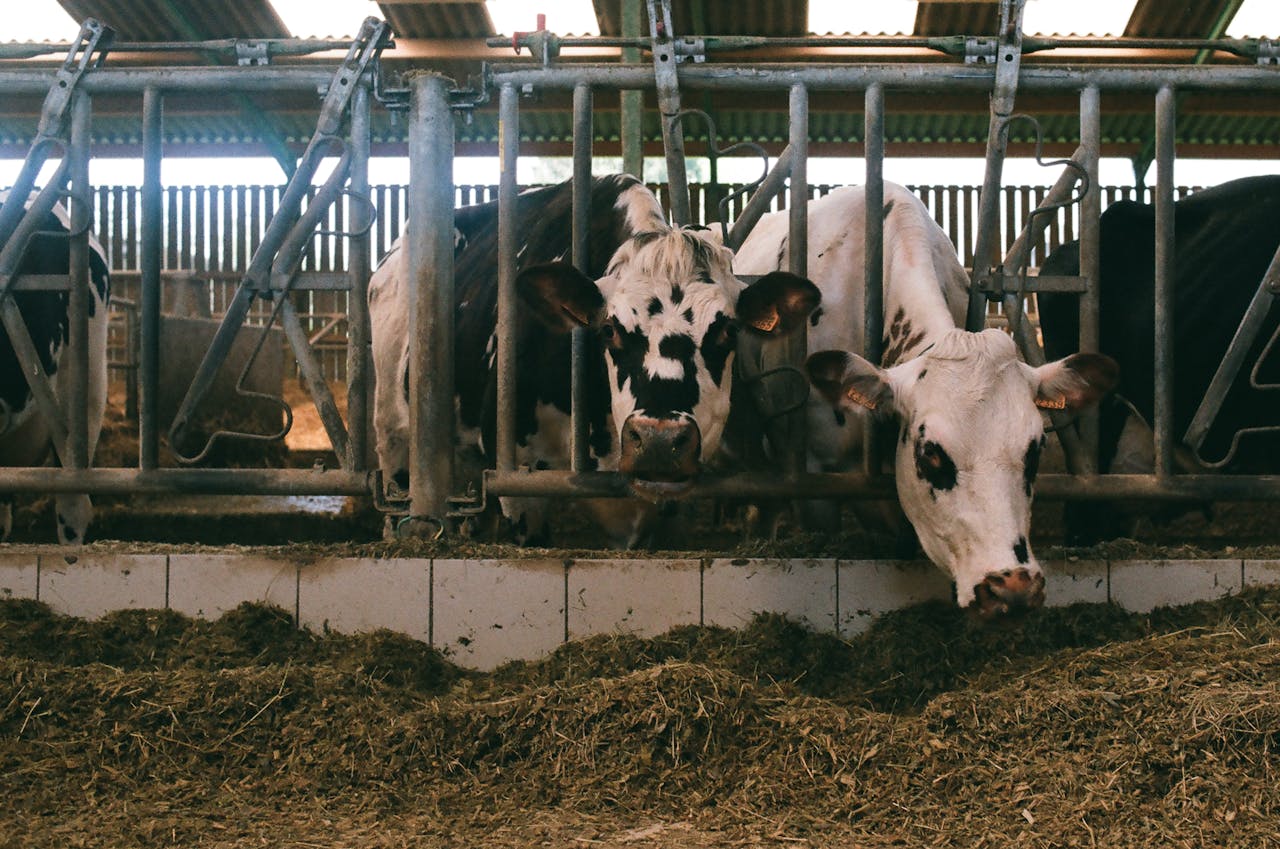GLP-1 inhibitors such as Ozempic, which reduce appetite and cut calorie intake by 20% (approx. 800 kilocalories daily), are transforming global eating habits. This poses a significant challenge to the livestock feed and additives industry, says Aidan Connolly, president of AgriTech Capital LLC.
Originally developed for diabetes, these medications are encouraging consumers to opt for lean proteins and avoid fatty, processed foods. With 15.5 million US adults currently using these medications and a projected 9% adoption by 2030, the US$47 billion GLP-1 market could expand tenfold by 2032, forcing the feed sector to rethink its approach to meet a health-driven market.
Reduced demand for feed that supports high-fat meat production
Consumers of GLP-1 drugs are shifting away from high-fat meats, such as beef and pork, and favouring leaner options such as poultry or fish. This trend threatens demand for calorie-dense feed mixes, such as maize and soy blends designed to fatten livestock. Producers may pivot to formulations optimised for leaner breeds, prioritising nutrients such as protein and higher digestible ingredients over traditional formulations.
Feed additives are experiencing a similar shift: products that enhance fat and weight gain may decline in use, while additives that promote protein absorption, gut health, or lean muscle growth – such as protected amino acids, probiotics, or enzyme supplements – are becoming more in demand. A 2023 Canadian survey reported a 30% drop in processed food consumption among GLP-1 users, signalling a reduced need for feed supporting the production of high-fat meat.
Supporting leaner livestock
The agricultural impact will vary across sectors. While overall output may dip by 0.5-1% over a decade, markets for red meat could face sharper declines. Morgan Stanley forecasts a 4% reduction in fatty food consumption by 2035, pressuring feed and additive strategies tied to rich meats.
Producers may shift to nutrient-dense or fibre-based formulas to support leaner livestock, and agricultural land use could transition from feed crops such as maize to those supporting lean protein chains, such as legumes or alfalfa. Environmentally, leaner livestock production could reduce waste and emissions, akin to a US airline study where a 10-pound weight reduction per passenger saved 100 million litres of fuel annually.
Innovation in feed and additive design and in breeding
Economically, the stakes are substantial. A 20% calorie reduction by 2035 could squeeze profit margins, particularly as high semaglutide costs and supply constraints limit adoption to wealthier consumers.
However, even a 9% user base could drive significant innovation in feed and additive design. The industry must move from formulations that bulk up animals to those optimising lean growth, emphasising additives that enhance digestion or protein synthesis over fat deposition. Farmers may adjust breeding and/or feeding practices to produce leaner stock, reshaping supply chains to align with consumer demand for healthier proteins.
Alternative proteins – what about a hybrid product?
The increase in the use of GLP-1 drugs also prompts consideration of alternative proteins. While highly processed plant-based meats may struggle if consumers prioritise natural proteins, hybrid products blending animal and plant sources could gain traction. Feed additives supporting these hybrid proteins would need to enhance nutrient density and production efficiency.
Additionally, sustainability will play a growing role, with feed formulations that improve nutrient conversion and reduce environmental impact gaining favour in a health-conscious market.
‘A critical juncture’
The feed and feed additives industry faces a critical juncture. Producers must anticipate declining demand for feeds supporting fatty meats, innovate to support leaner, sustainable livestock and align with eco-friendly protein trends. Those who adapt — focusing on nutrient efficiency, lean growth and health-focused additives — will thrive in a market increasingly defined by selectivity and wellness. As GLP-1 inhibitors reshape global diets, the feed sector must evolve to meet the demands of a leaner, more discerning future.

